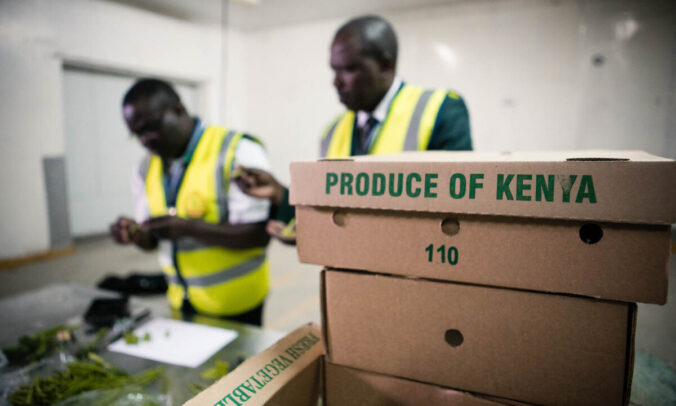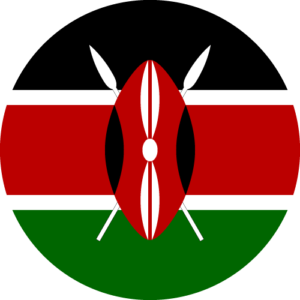Over time, Kenya’s trade policy has evolved from an inward-looking system for import substitution to the current one with its primary goal of promoting consumer and intermediate goods exports. Kenya’s trade policy goals are to: – Develop a more trade-friendly regime; – Strengthen and expand access to foreign markets for Kenyan goods, mainly processed goods; – Further integrate into the global economy (WTO, 2000). The country’s main agricultural exports are tea, coffee, cut flowers, and vegetables. Kenya exports the world’s most prominent black tea and cut flowers, accounting for over half of all Kenyan exports to the rest of Africa (Export.gov, 2019). Kenya has been importing goods from the Rest of Africa (ROA) for the past 5 years. In recent years, Kenya’s imports from the ROA have increased while its exports to the ROA have decreased. To improve these interrelationships between Kenya and their neighboring countries, the AfCFTA initiative has been made to offer tailor-made financial products to small-scale producers of export products that are in high demand with the ROA Offering value chain finance to enhance the formalities of intra-Africa trade Offering tailored digital financial services Offering financial support to match product-specific requirements of African countries Offering international approaches to promote investment (Raga, Mendez-Parra, Willem te Velde, 2021). The current structure of the Kenyan economy revolves around agriculture, and the interconnectivity between agriculture and the rest of the economy is significant.
Kenya’s external trade strategies are designed to promote its products in global markets, particularly in the developed economies of Europe, the United States, and Japan, without prejudice to intra-African trade. Kenya has abolished its quantitative import limitations and price controls on essential products, making the tariff the primary trade policy tool. The increase in merchandise trade as a proportion of GDP indicates that foreign exchange has become more critical for the economy of Kenya. The primary sources of imports for Kenya are European and Asian machinery and transport equipment, as well as Middle Eastern oil and petroleum products (WTO, 2000). All Kenyan imports must have the following documentation: Import declaration forms (IDFs), Cooperation documentation (CoC) from the PPC agent for regulated products, International Sales Managers (ISMs) where applicable, Pro Forma invoices (PFA) from the exporting firm (Trade.gov, 2022). With the introduction of Export driven trade, the textiles & apparel sector has become a priority for growth, with the EU, U.S., and African markets as priorities. Shipping from the United States is divided into air shipping and ocean shipping. Examples of air shipping include DHL, FedEx, and UPS. The most popular mode of transport for Kenyan importers is Ocean Freight. Companies offering sea shipping include Kentex, Cargo States, Duka, and Kenfreight Group (ITA, 2022). Kenya has maintained its position as the leading apparel export to the U.S.
Page Author: Jailine Collado




